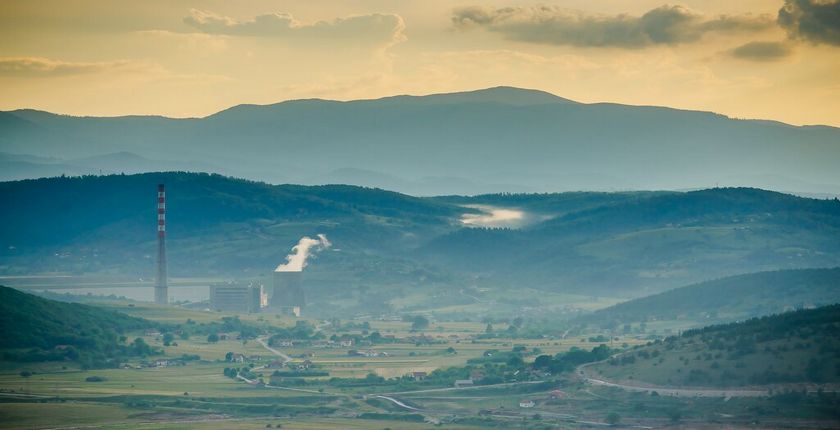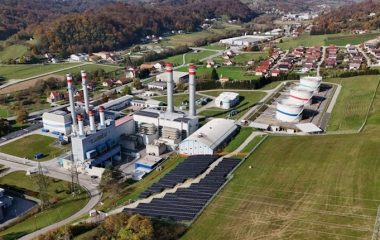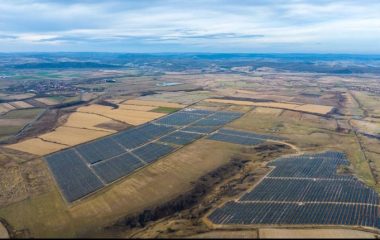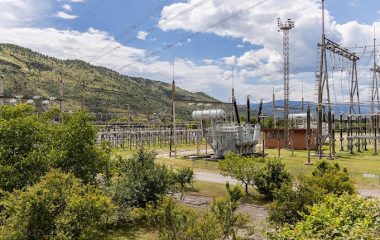
Photo: TPP Pljevlja (EPCG)
Montenegrin authorities are negotiating a new deadline for shutting down thermal power plant (TPP) Pljevlja, which has already used up its 20,000 operating hours allowed until the end-2023 under the Energy Community’s regulations, according to Mladen Bojanić, minister for capital investment in Montenegro’s new government.
“This is what we found as soon as we took over,” said Bojanić, adding that all the allocated operating hours had been used up, instead of being stretched out until 2023 to allow for an overhaul of TPP Pljevlja in the meantime.
Montenegro’s new government must urgently overhaul TPP Pljevlja
Montenegro’s new government must urgently overhaul TPP Pljevlja, Bojanić said in a meeting with businesspeople, and he warned that the power plant’s closure would have a grave economic impact.
In mid-2020, state power utility Elektroprivreda Crne Gore (EPCG) signed an agreement on an environmental overhaul of TPP Pljevlja, worth over EUR 54 million, with the DEC International-Bemax-BB Solar-Permontea consortium. The project should extend the plant’s lifespan by 30 years and greatly reduce its impact on the environment.
In July, the Energy Community Secretariat estimated that TPP Pljevlja’s sole power generation unit would be the first of ten in the region to use up the allocated 20,000 operating hours, and that this would happen as early as November 2020.
In October, Montenegrin non-governmental organization Green Home called on the authorities to disclose whether TPP Pljevlja would consume its remaining allowed operating hours in about 20 days and whether the country had requested additional hours from the Energy Community.
TPP Pljevlja accounts for nearly 40% of EPCG’s electricity output
The 225 MW power plant makes up 25% of EPCG’s generation capacities, but it accounts for nearly 40% of the company’s electricity output. Its sole power generation unit is one of ten in the Energy Community Contracting Parties operating under the opt-out regime, which allows for exempting certain coal-fired power plants from compliance with the EU’s Large Combustion Plants Directive (LCPD).
The LCPD sets emission limit values for SO2, NOx, and dust from existing plants. According to Green Home, TPP Pljevlja may continue to operate only if it brings its technology into line with the EU’s standards and the Industrial Emissions Directive’s (IED) requirements for new plants.


















Be the first one to comment on this article.